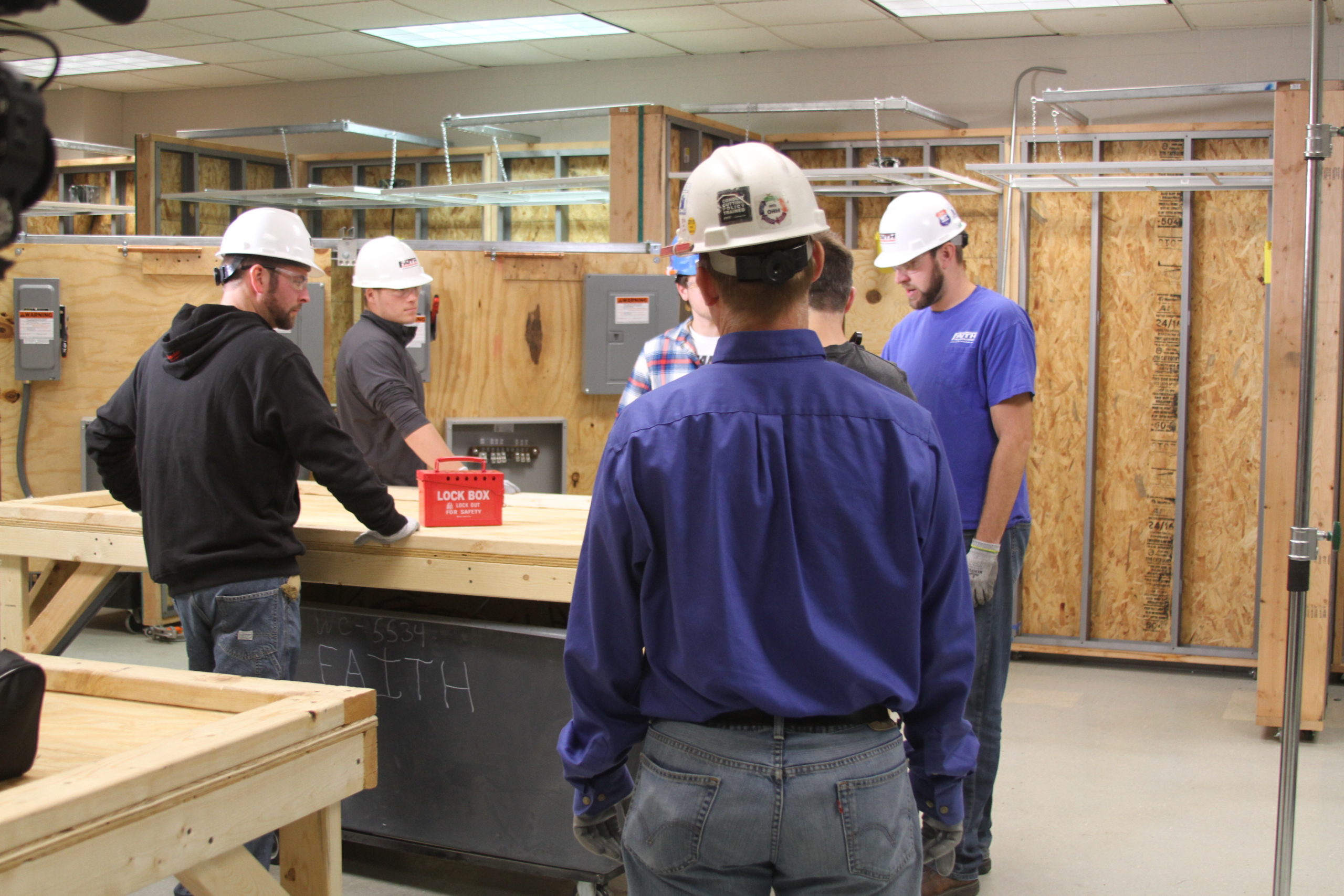03.19.2019
Establishing an Effective Safety Committee
 Safety Committees can be an effective method of enhancing employee engagement and participation in your daily business activities. Safety committees provide a structured forum for employees to express concerns as well as provide solutions to correcting and improving workplace hazards and processes.
Safety Committees can be an effective method of enhancing employee engagement and participation in your daily business activities. Safety committees provide a structured forum for employees to express concerns as well as provide solutions to correcting and improving workplace hazards and processes.
Who should be on your safety committee? The committee should be a healthy mixture of employees across all facets of the business such as site leadership, supervisors, safety and engineering. Most importantly, the majority of the committee should consist of employees directly involved with daily production. This group of employees best understands what causes the aches and pains of the job and will be critical in making process improvements.
When starting your safety committee, the team should establish meeting ground rules and goals. This will keep everyone on track and ensure productive meetings. A few common practices include:
- Review and consideration of all employee ideas
- Encouragement of open and honest discussion
- Promoting ideas that have the greatest impact
- Ensuring everyone understands how ideas will be prioritized and implemented
How does the safety committee choose where to focus their efforts? It’s important to use meeting time efficiently, so collecting data can help justify specific hazards to focus on. Here are a few pieces of data that can be useful to the team:
- Near misses
- Injury and incident data and trends
- Risk assessments
How does the team implement their ideas? In a lot of cases, the team can implement a simple fix to a hazard that requires minimal time, effort or money. In other situations, the fix may require new equipment or re-engineering, which can result in higher costs and delayed implementation. Either way, it’s important that the fix be justified based on the risk of the task. It doesn’t make sense to spend a significant amount of time and money on a low-risk task, just as it doesn’t make sense to put a band aid on a high-risk task.
At Faith Technologies, we recognize that our employees are our greatest asset when it comes to understanding the risks associated with how tasks are completed each day. Without their involvement and input, the employee buy-in will fall short of our desired goals. Part of an effective safety committee is making sure to celebrate team accomplishments. Not only does this recognize the success of the team, but it encourages our employees to continue to redefine what’s possible.
If you enjoyed this blog article, please subscribe to stay up to date on the latest industry news from our experts at Faith Technologies.




